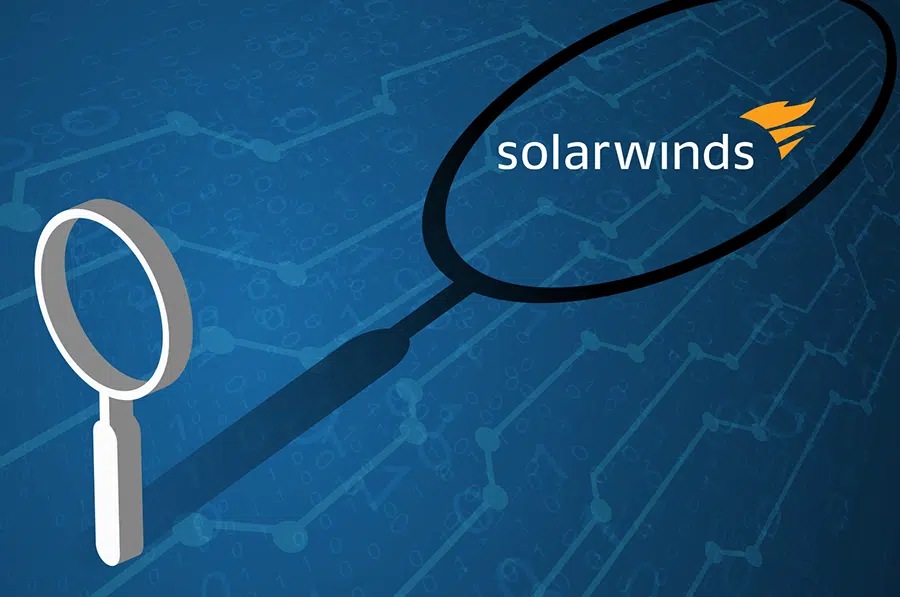
SolarWinds Supply Chain Attack
The SolarWinds supply chain attack was one of the most sophisticated cyberattacks in history, affecting thousands of organizations worldwide, including U.S. government agencies. This attack, discovered in December 2020, exploited trusted software updates to infiltrate systems, demonstrating the dangers of supply chain vulnerabilities.








